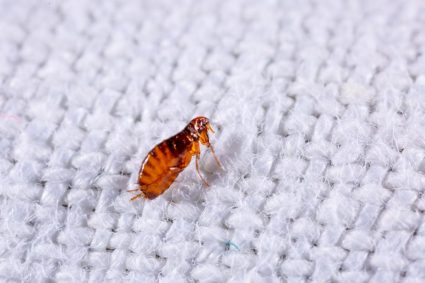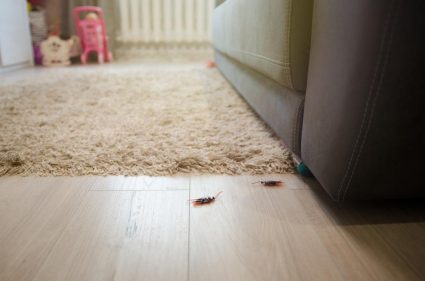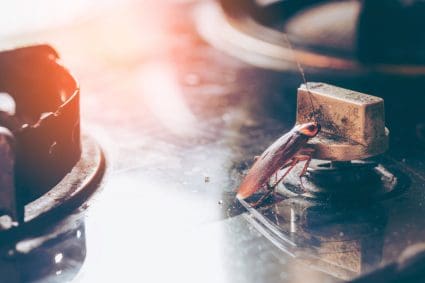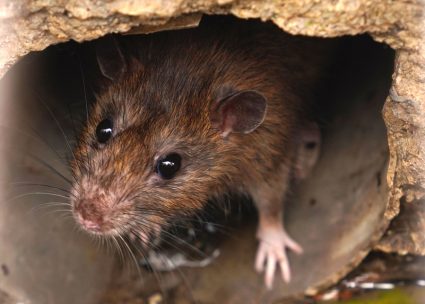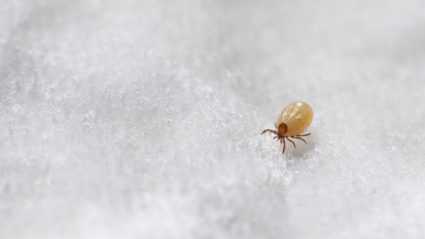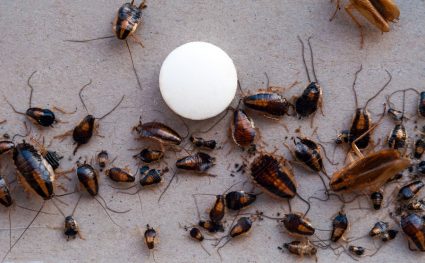
How can I determine the severity of my flea infestation?
What elements influence the extent of an infestation?
The severity of a flea infestation can vary greatly based on a variety of variables, including:
- The size of the affected area
- The number of fleas present
- How long has the infestation been going on
It is crucial to remember that these are not the only variables that can affect how bad a flea infestation is; every house and location has distinctive characteristics that can affect the issue.
Flea infestations can range widely in intensity, which makes it challenging for homeowners to know how to handle the issue effectively.
However, by being aware of the five crucial factors that determine how severe a flea infestation is, you may more accurately analyze the situation in your house and choose the best course of action.
5 Key Factors for Assessing Flea Infestation
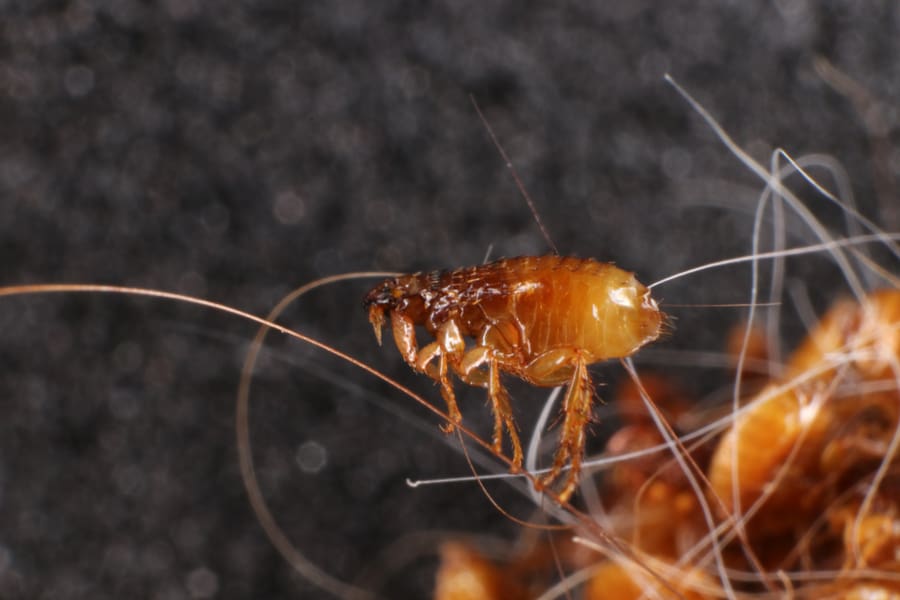
This article will discuss how several elements can affect your home’s severe flea infestation.
Things like the number of fleas present, the duration of the infestation, and the presence of additional pests might affect the severity of a flea infestation.
Below are five key factors that can help you determine how severe the flea infestation is:
1. The Number of Fleas Present
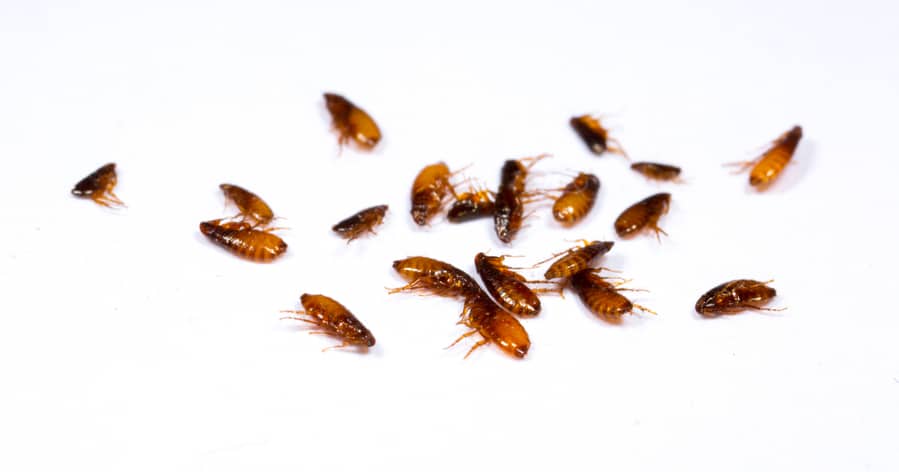
The number of fleas present can significantly impact the severity of an infestation.
While a high number of fleas will make the infestation more challenging to get rid of, a small number of fleas can quickly grow and become a significant problem.
Expert exterminators can use flea combs or other tools to count the fleas present and gauge the extent of the infestation.
Getting rid of a small infestation is important because it could grow into a major one. Ignoring a few fleas might quickly result in an infestation.
The amount of fleas on your property highly determines how bad the flea infestation is around there.
2. The Extent of the Infestation

The greater the contaminated area, the more challenging it can be to eradicate the infestation.
It can be difficult to get rid of all of the fleas since they can hide in a variety of areas, including:
- Carpets
- Furniture
- Beds
- Crevices on the floor
A larger infested area means more places for the fleas to hide, making it harder to eliminate the entire infestation. It also suggests that you have a severe flea infestation.
Regularly vacuum your home and keep it tidy to get rid of fleas.
3. How Long Has the Infestation Been There

A more serious infestation is probably present if it has existed for longer.
Since fleas can reproduce quickly and lay hundreds of eggs, an infestation that has been going on for a while will probably have a higher flea population.
To get rid of fleas in the surroundings, it could be necessary to treat the nearby regions, such as yards and gardens.
Keep gardens and yards trimmed and clutter-free.
Also, close windows and doors to keep fleas out of your house.
4. The Number of Pets Residing in the Home

The likelihood of a flea infestation increases with the number of pets residing in the home.
Pets are a great way to introduce fleas into the house and transmit them to other areas.
Before bringing pets into the house, check them for fleas. To eliminate fleas, treating pets and the house is crucial.
Use flea control solutions on all pets, and continue frequent treatment.
5. Existence of Other Pests
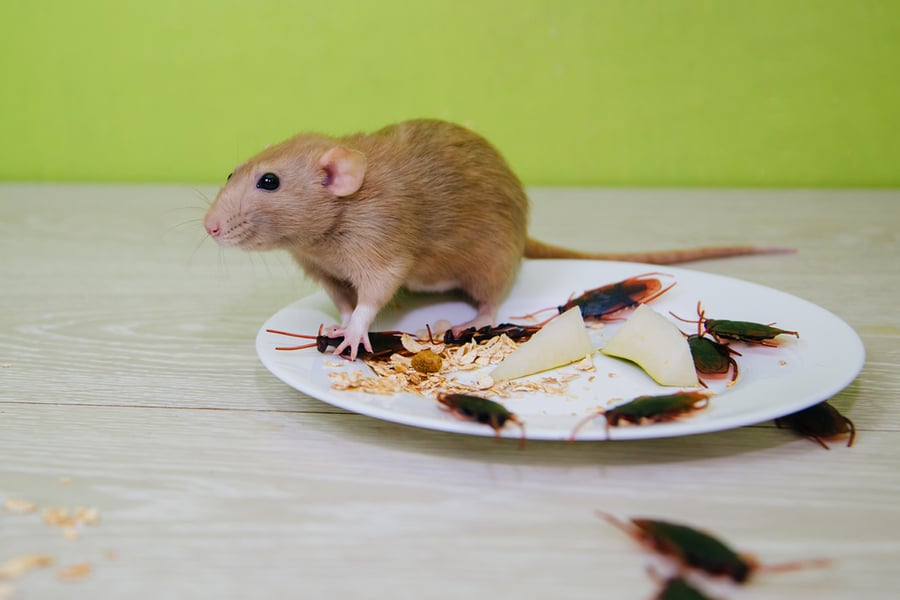
Cockroaches, rodents, and other pests can bring fleas into a house.
These pests can act as flea carriers and exacerbate an infestation by giving fleas extra places to hide and breed.
To keep fleas away, you can eliminate pests in your home.
The likelihood of a severe infestation increases with the amount of insect activity nearby.
These additional pests also have the potential to spread disease or pose other health risks, which will increase the infestation.
Conclusion
You may choose how to effectively deal with the issue in your own house by thoroughly understanding the five main elements influencing the severity of a flea infestation.
You can decide on the best course of action by considering these things.
To efficiently get rid of the infestation, you might decide to cooperate with a professional exterminator.
Keep an eye on the problem, as flea infestations can rapidly return if the right precautions are not taken.
Frequently Asked Questions
Which Factors Contribute Most Frequently to a Flea Infestation?
There are numerous causes of flea infestations. Contact with diseased pets, whether through your animals or contact with other animals, is the most frequent cause.
Fleas can enter a house through open windows or doors, clothing, or shoes.
If conditions are ideal for fleas, nearby outside spaces like yards or gardens may also develop an infestation.
What Signs Indicate a Flea Infestation?
Flea infestation indications include:
- Flea filths are tiny dark specks on your pets or in your residence.
- Pets’ and people’s itching and scratching, which flea bites can bring on.
- Noticing little, red lumps on the skin that may be flea bites.
- Noticing an unexpected rise in fleas or flea filth despite routine washing.
Can I Eliminate Fleas by Myself?
While it is possible to get rid of a flea infestation on your own, working with a professional exterminator is frequently the best option.
Professional pest controllers can identify and get rid of a flea infestation quickly and efficiently. They can also suggest the best course of action for your particular circumstance.

